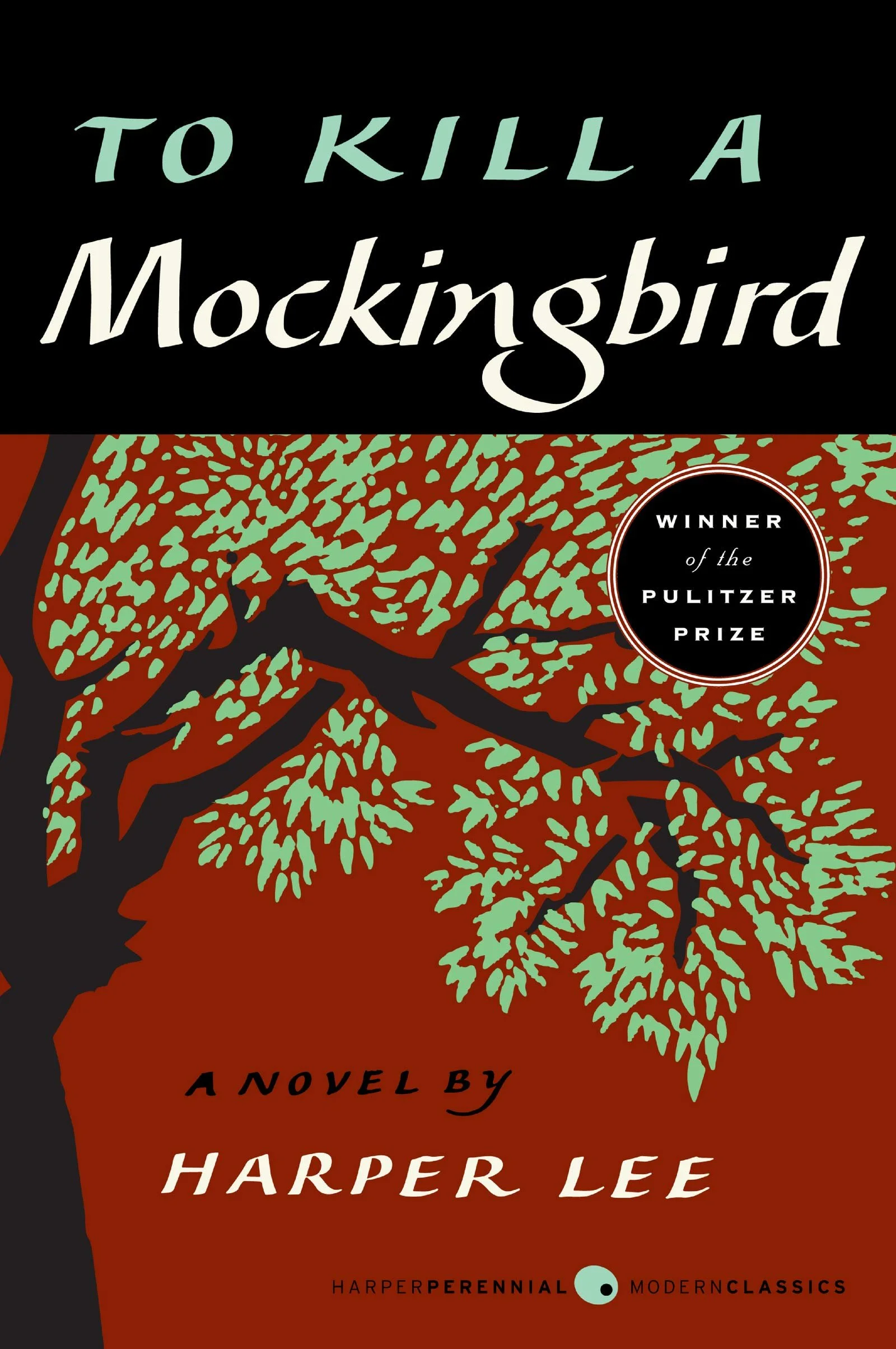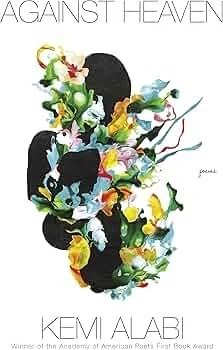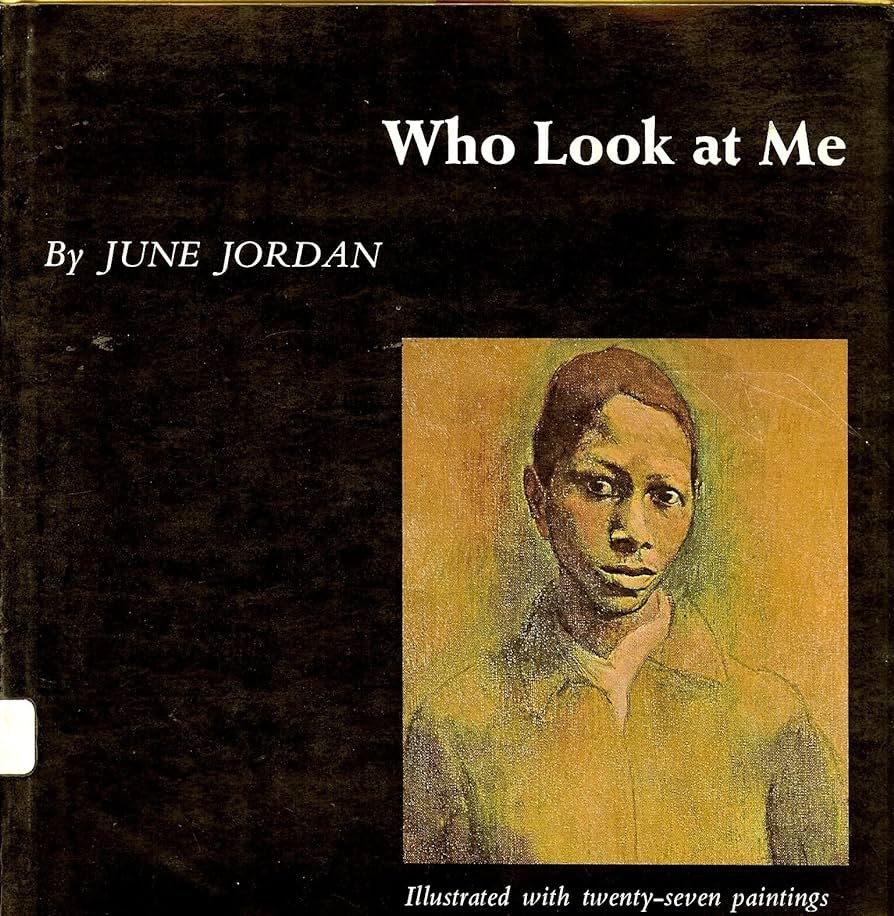I read this book at the recommendation of a former colleague for a Utah-related project of mine. From the author and subject of Black Klansmen, the book and the film, we have a follow-up project fleshing out his career as a gang unit police investigator and the so-called hip-hop cop in (drumroll) Utah of all places.
Stallworth begins this memoir with a hamfisted rebuttal of Boots Riley. For those unaware, when the BlackKklansmen rollout began, Riley released a forceful critique of BlackKklansmen as revisionist history, copaganda, and pointed out Stallworth’s history of infiltrating radical Black organizations, including the one Riley’s father was a part of, as part of COINTELPRO. Stallworth fixates one aspect of Riley’s blistering and effective critique: turns out, Stallworth was too young to have participated in COINTELPRO. He definitely DID take part in infiltrating radical Black organizations, just not under the behest of the FBI. Stallworth lambasts Riley for this factual inaccuracy, completely missing the thrust of Riley’s critique. Everyone I love and care about would consider this a minor hiccup in Riley’s critique, since Stallworth did in fact break up radical Black orgs.
For his part, Stallworth justifies infiltrating these organizations using explicitly anti-communist rhetoric and claiming they were a threat to national security. To the surprise of no one, a cop is a cop. What was mildly surprising and thoroughly entertaining was Stallworth’s confession to physically assaulting Riley at a dinner, where he boasts of squeezing his hand too hard and holding him hostage by squeezing a pressure point on his neck. Later on, he describes patting Riley’s back and telling him he just used the bathroom and didn’t wash his hands. He literally brags about making Riley “my bitch.” The moments reveal just how disgusting, insecure, and brute Stallworth’s masculinity is. What a weird little clown!
The first bit of Stallworth’s memoir details his rise in the police department and the emergence of his “Black consciousness.” We see Stallworth refuse to tokenize himself in moments and opportunistically tokenize himself in other moments. He’s clearly a bullheaded person with a high tolerance for external criticism and disapproval as both his Black community and the officers on the force didn’t really like him much, it seems. He relates to Malcolm X, but never bothered learning the history of policing or thinking critically about solving societal problems, so he’s completely bought into the prison industrial complex as our best option it seems.
There are two worthwhile histories described in this book. The first is the history of the JobCorps in Utah. Stallworth focuses in on this federal program, which took low-income, high-risk youth from major cities like LA and brought them to suburban Utah for job skills training, because JobCorps brought gang culture to Utah. Utah officials were in denial of this, because JobCorps stimulated their economies with fat federal checks to administer the program. In my opinion, the JobCorps also likely increased the racism of Utahns by making some of the few people of color visible in their communities, some of the poorest and in need in the country. Of course, their presence brought social problems that proliferate among any historically oppressed working class and racialized youth. For his part, Stallworth provides a sturdy critique of how the program was administered that actually shows a deep concern for these youth. It’s hilarious to learn more about white, Mormon gangsters of Utah committing petty crimes and aggravating to learn about the Pacific Islander Mormons swept up into gang culture as a reprieve from a racist society. Stallworth rebuts criticisms of his profiling of youth of color by providing anecdotes of families crying racism when they had proven gang ties and never by describing actual data and letting us know what his profile looked like. Overall, this is socially complicated territory, where actual racism is certainly at play, as well as actual violent criminal activity in some communities of color at the time. Stallworth’s voice and bias here is useful, even if I disagree with him, in painting the larger picture of what was happening in Utah’s lower income community at times. For his part, Stallworth genuinely went out of his way to do what he thought was right in revealing the way JobCorps was failing both youth of color and the communities these youth were brought to.














